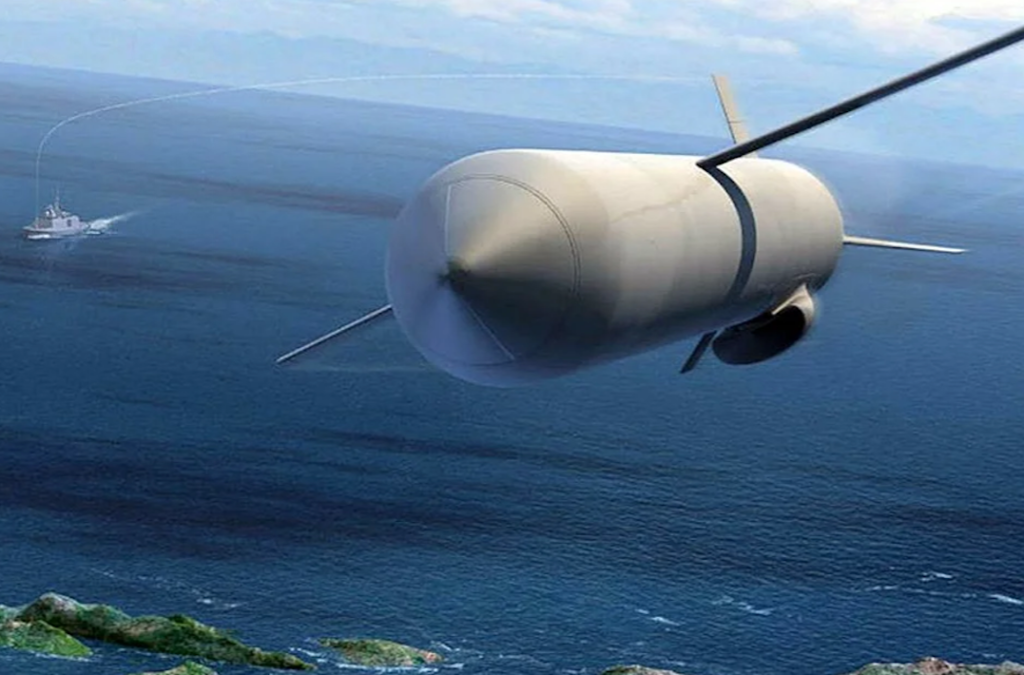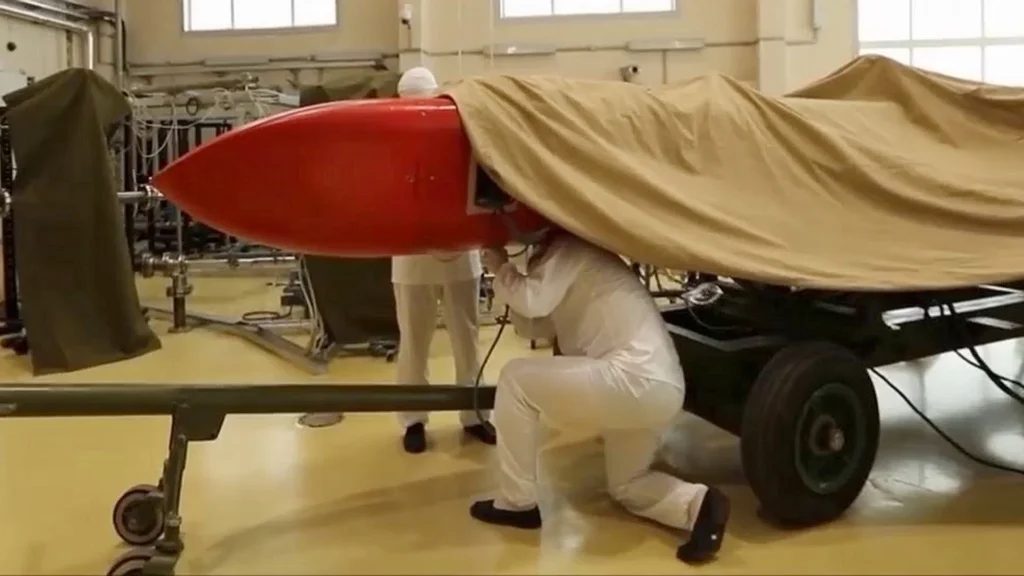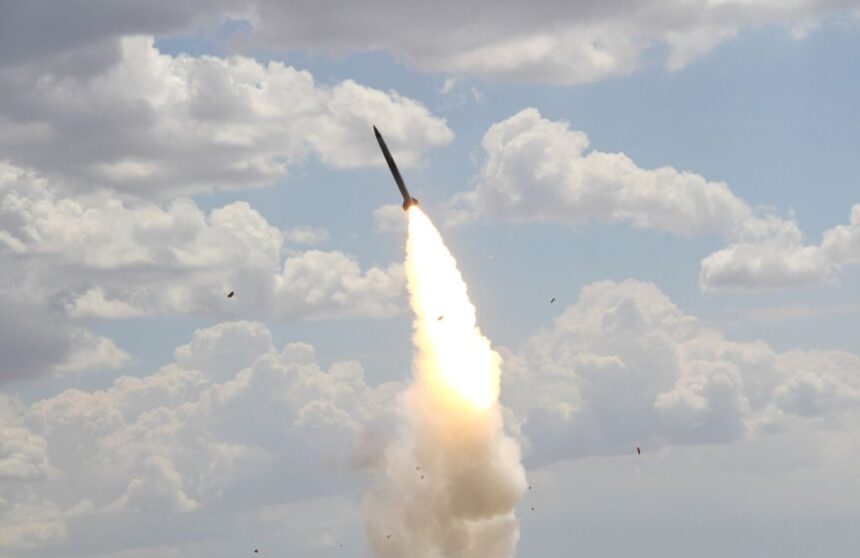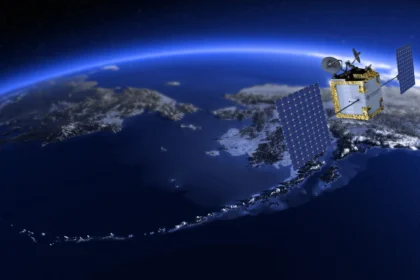Russia is moving closer to deploying what could be one of the most dangerous weapons in modern military history — the 9M730 Burevestnik nuclear-powered cruise missile. Reports suggest the missile is approaching operational readiness, a development that could dramatically alter the global balance of power and potentially trigger a new arms race.
In theory, the Burevestnik can fly around the planet indefinitely without refueling, carrying a nuclear warhead capable of striking any target from any point on Earth. Recently, Moscow closed a 500-kilometer stretch of airspace along the western coast of the Novaya Zemlya archipelago, a clear sign that active flight tests are underway.
The missile’s first known test took place in August 2019 in Russia’s Arkhangelsk region. That launch ended in disaster, killing five highly trained specialists from the Russian Federal Nuclear Center and state nuclear corporation Rosatom. The explosion caused concern worldwide, especially after environmental monitors detected increased radiation levels. Despite the incident, President Vladimir Putin ordered the program to continue.

Known in the West as the SSC-X-9 “Skyfall,” the Burevestnik is believed to be the world’s first nuclear-powered cruise missile designed for combat missions. It flies at extremely low altitudes — between 25 and 100 meters — to evade radar detection, with speeds estimated between 850 and 1,300 kilometers per hour. It is thought to be capable of executing complex maneuvers, changing course mid-flight, and bypassing air defense systems.
U.S. intelligence analysts have identified a potential deployment site in northern Russia, strategically placed along a trajectory that could allow strikes toward North America via Alaska. Satellite images from late July 2024 show new construction at the “Vologda-20” nuclear warhead storage facility, including nine horizontal launch pads that could support rapid, coordinated launches.
Nuclear propulsion for missiles is not a new concept — superpowers have researched it since the 1950s — but no country has successfully implemented it due to extreme technical challenges and the high risk of accidents. The technology carries a serious radiation hazard, both during testing and potential combat use, yet Russia appears to have overcome earlier engineering barriers.

Experts like Jeffrey Lewis warn that a nuclear reactor gives the missile virtually unlimited range and the ability to loiter undetected for extended periods, waiting for the optimal moment to strike. If the Burevestnik becomes fully operational, it could fly for weeks or months before receiving an order to attack, making preemptive defense strategies far more difficult.
The rush to complete the program likely has geopolitical motivations — rising tensions with the United States and China, and a growing competition over Arctic oil and gas reserves. With vast resources at stake, some analysts believe the Arctic could become a future flashpoint for conflict.
If deployed, the Burevestnik would represent one of the greatest threats of the modern era, reintroducing Cold War–style tensions and raising the risk of nuclear confrontation to levels not seen in decades.











